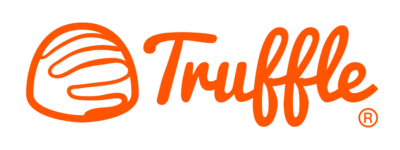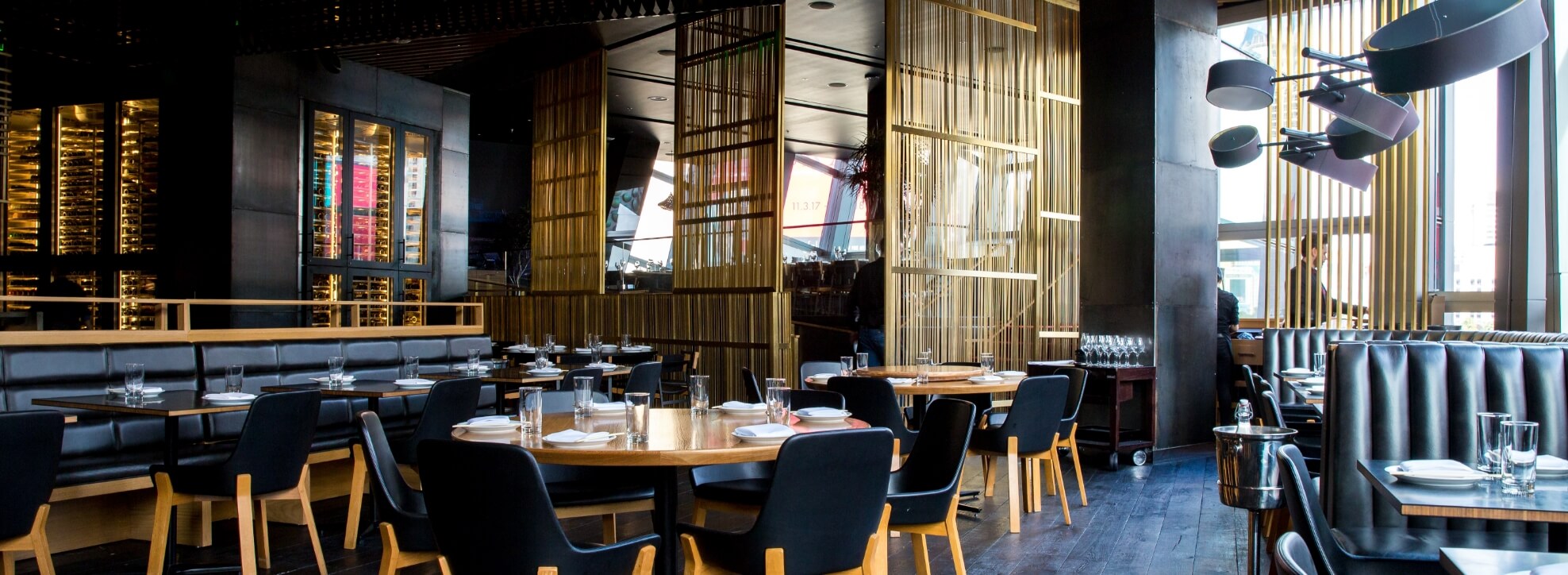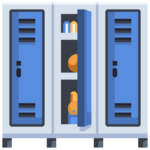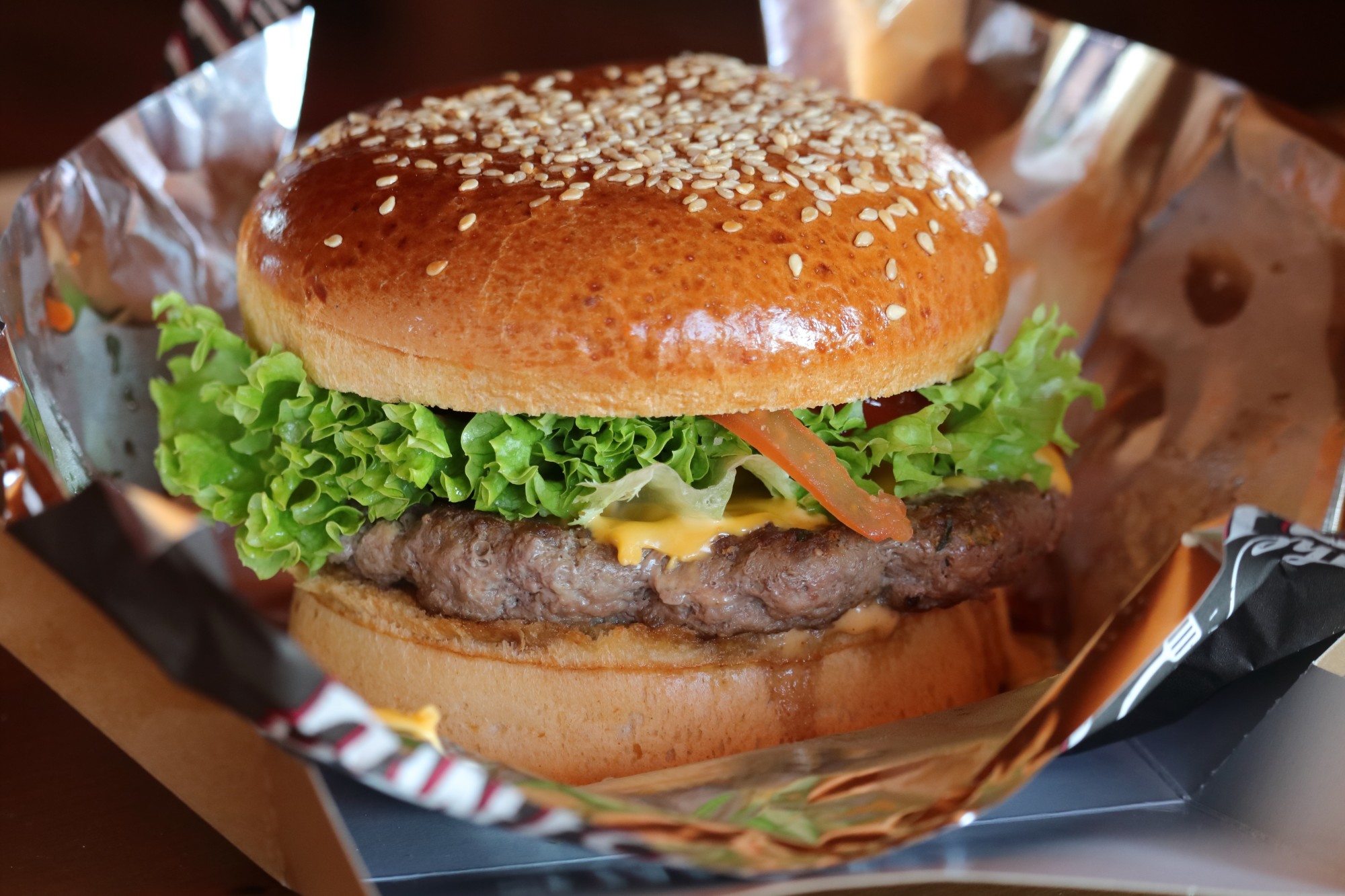Did you know that food deliveries make up about 9% of the United States’ total restaurant sales? Selling food as delivery is a tempting market for most restaurants. But is it better to use an in-house delivery system or use third-party delivery services?
If you’re curious about setting up a food delivery system, we’re happy to help. Read on to learn about the pros and cons of using an in-house delivery system.
Advantages of Using an In-House Delivery System
Why use an independent system when there are so many food delivery apps? Between Grubhub, Uber Eats, DoorDash, and more, there must be something that can work for you!
There are plenty of benefits to using an in-house system. Here are five of the most notable benefits.
Full Control Over Deliveries
One of the most dominant benefits is that you’ll have full control over the deliveries. When you use third-party applications, many factors are outside of your control.
For example, what if the driver is late or decides to take a detour? Unprofessional actions from the driver, such as eating the food themselves or delivering it poorly, may reflect on you. While these are rarely enough to lose customers, the person waiting on their food will associate the loss with you.
When you’re using your own system, you have much greater control over the delivery process. You can eliminate many of the factors that are harming your control to focus your efforts where you want them.
Heightened Service
Similar to this benefit is the heightened service you’re able to provide. Some customers become frustrated with third-party apps. In many cases, it’s difficult to customize orders, change them once they’re in, or make other fixes.
When using your own system, you can help customers much easier. They can contact you easier to make changes or engage with other features that improve your service. It’s a great way to make sure your customers are taken care of properly.
Higher Profit Margins
Another fantastic benefit is the higher profit margins that come with using an in-house system. But why does installing a system end up cheaper? Wouldn’t it be better to let a third-party service foot the maintenance costs while you sell food?
Setting up your system will require a considerable investment. However, you’ll save on the large commission fees that third-party delivery applications require.
The high amount of money you save from these factors will add up significantly. You’ll quickly pay for your investment as time goes on.
Brand Loyalty
One benefit that people don’t often think of is brand loyalty and awareness. When someone orders through an application, they often give much of the credit to that app. While you prepared the food, the one who brought the food was the app.
As such, many customers don’t form much brand loyalty toward your business. You can help build customer loyalty by handling the delivery yourself!
By handling the delivery process, customers will give all the credit to your business. They’ll appreciate your hard work and be more incentivized to order from you in the future.
Reduced Time of Delivery
Finally, you can reduce the time it takes to deliver food by handling the deliveries in-house. With a dedicated staff for deliveries, you’ll have drivers on hand to go where they’re needed.
Many third-party sites have drivers that are overworked and need to complete several deliveries at once. As such, they’ll often need to make one customer wait while they get someone else’s food. Customers will grow to avoid your restaurant to avoid this inconvenience.
By handling the process yourself, you can cut down on this occurring. Do your best to service your customers well so they find you reliable!
Cons of an In-House Delivery System
It’s not all upsides! There are some downsides you should consider before making such an investment. Here are three of the cons you should think of.
More Management
To start, you should factor in the increased management necessary. You’ll need to give the responsibility to a set of your staff.
Will you hire drivers that only work there to deliver food? Is it better to have someone from the back of house staff deliver food?
What about management? Will a front-of-house lead be in charge of taking and organizing orders? Would your service manager handle these orders and assign drivers?
You should consider all of these new “moving parts” carefully. You may need more staff to handle the change!
More Costs
Another factor to consider is the additional costs that come with having your own in-house system.
For example, you’ll need to reimburse your drivers for their gas. If you aren’t, they’ll need company cars that won’t put wear and tear on their vehicles.
You’ll also need to stock up on to-go containers and materials to complete orders. There’s a high amount of costs that go into the investment without considering the system itself!
Set a budget and work hard to predict how much you’ll spend. You don’t want to get into the middle of the change and discover you can’t afford it.
Hiring More Employees
Finally, you’ll need to consider what staff you’ll put on the task. In small restaurants, there are rarely enough workers to manage to-go orders and deliveries.
It’s likely you’ll need to hire people to drive deliveries. If not, you may prefer to hire more employees with general responsibilities and include delivering.
There are many ways to structure your workforce to accommodate this change. Think of what works best for your restaurant and the customer.
Using Your Food Delivery System
Tapping into the food delivery market is tempting for any restaurant. Before you set up your delivery system, weigh the pros and cons and see what’s best for you. Factor costs and higher management requirements before you start considering all of the great benefits.
For more information on using a food delivery system, be sure to contact us!
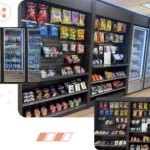 Micro Market
Micro Market